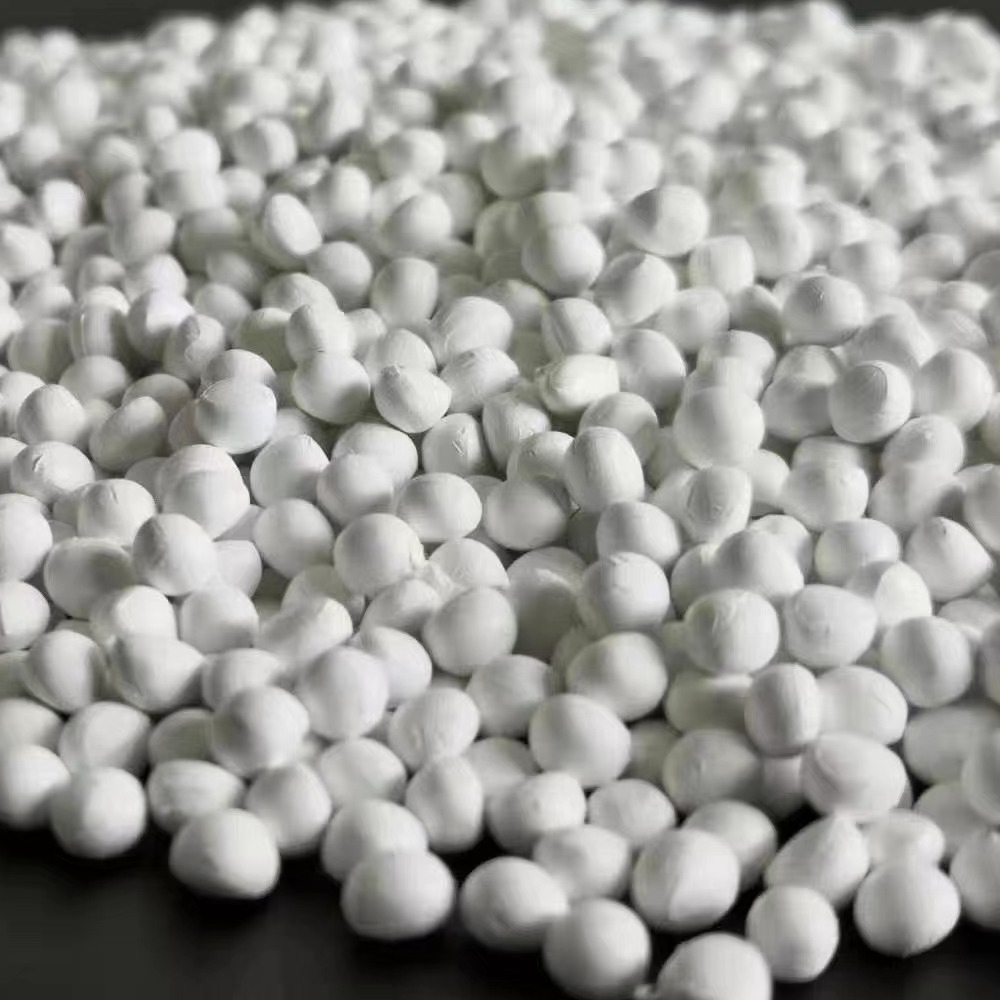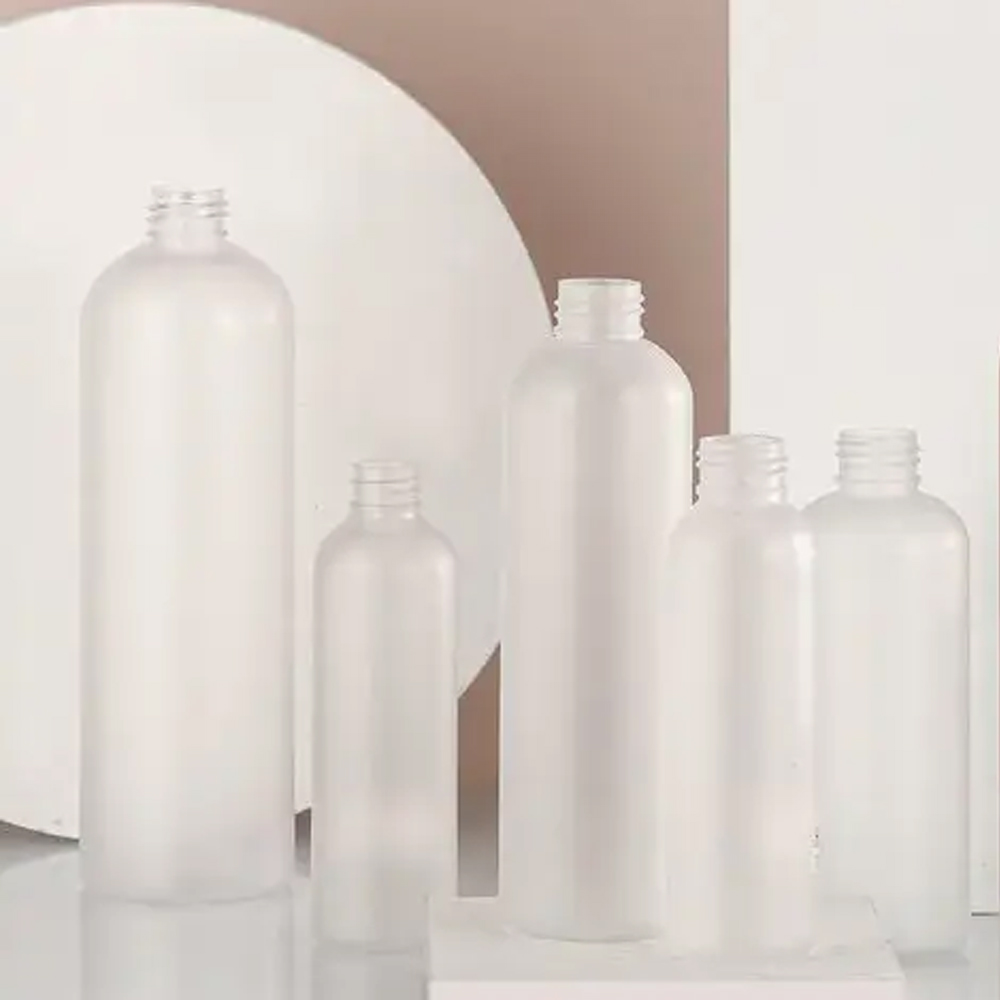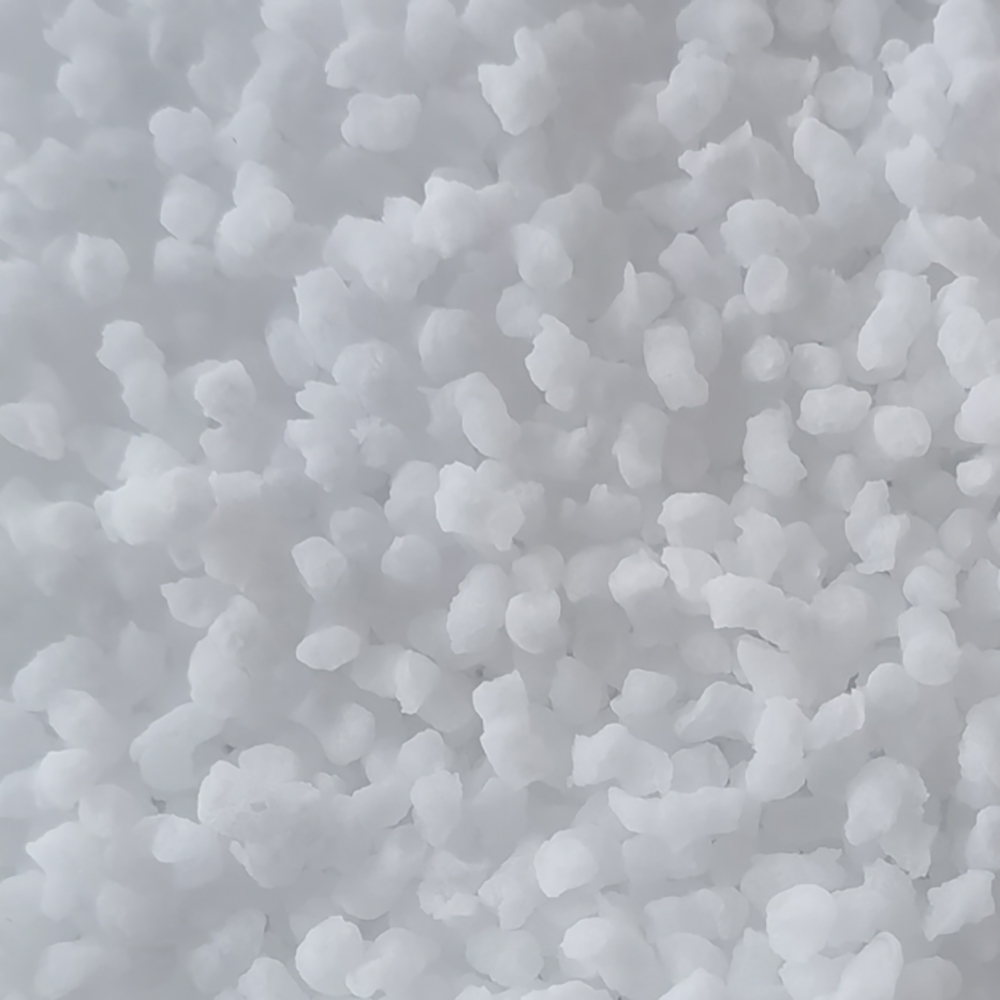
White Masterbatch : un aperçu complet des caractéristiques, des applications et des avantages
Le Masterbatch, un mélange concentré de pigments ou d'additifs, sert à colorer ou à améliorer les propriétés des matières plastiques.
Comme l'explique Wikipédia, un mélange-maître est un mélange concentré de pigments ou d'additifs encapsulés dans une résine porteuse lors d'un processus de chauffage. Une fois refroidi, il est transformé en granulés. Cela permet aux fabricants d'ajouter efficacement de la couleur ou des propriétés aux matières premières polymères pendant le processus de production.
Le mélange-maître nécessite moins d'espace de stockage que les matériaux pré-mélangés, ce qui permet aux fabricants de réduire leurs stocks tout en conservant une flexibilité de production.
Les pigments et les additifs contenus dans le mélange-maître sont pré-dispersés, assurant ainsi une répartition homogène dans le polymère et améliorant la qualité du produit final.
Contrairement aux additifs en poudre fine, le mélange-maître est exempt de poussière, ce qui minimise les risques pour la santé et crée un environnement de travail plus propre. La manipulation est ainsi plus sûre et les opérations de nettoyage sont réduites.
Les fournisseurs de mélanges-maîtres sont responsables de la formulation et de la constance de la couleur, ce qui élimine le besoin d'ajustements par tâtonnements. Cela garantit des résultats reproductibles d'un lot de production à l'autre.
Le mélange-maître réduit le temps et les coûts associés au nettoyage des équipements et à la transition entre les cycles de production, ce qui le rend rentable.
Le mélange-maître offre une vaste gamme de couleurs et de propriétés personnalisables. Contrairement aux matériaux entièrement composés, il offre une plus grande flexibilité pour créer des variations de couleur et d'additifs fonctionnels.
Les usines utilisant des mélanges-maîtres peuvent stocker moins de qualités de polymères et acheter en gros des polymères naturels économiques.
Le mélange-maître est souvent très concentré, ce qui permet un dosage précis de petites quantités d'additifs coûteux. Par exemple, un sac de 25 kg de mélange-maître peut traiter jusqu'à une tonne de polymère naturel.
Le mélange-maître solide est sans solvant, ce qui élimine tout risque d'évaporation. Il en résulte une durée de conservation plus longue que pour d'autres formes d'additifs.
L'efficacité du mélange-maître dépend de facteurs tels que :
La production de mélanges-maîtres comprend deux étapes principales :
Les principaux éléments qui influent sur la qualité du mélange-maître comprennent la formulation, les matières premières et l'équipement utilisé.
Iplastar propose une gamme diversifiée de mélanges-maîtres pour diverses applications, adaptés aux exigences des clients. Ces mélanges comprennent :
Le mélange-maître est largement utilisé dans de nombreux secteurs, notamment :
En tirant parti des avantages des mélanges-maîtres, les industries peuvent atteindre une plus grande efficacité, une plus grande polyvalence et une meilleure qualité dans la production de plastique.
Apprenez-en davantage sur les connaissances et les tendances de l’industrie des mélanges maîtres sur notre blog.

Le Masterbatch, un mélange concentré de pigments ou d'additifs, sert à colorer ou à améliorer les propriétés des matières plastiques.

Grâce aux efforts de collaboration avec nos clients et notre équipe dédiée de développement de produits, nous avons élargi notre gamme de mélanges maîtres en mettant l'accent sur les visuels et les effets.

Le copolymère styrène-isoprène-styrène (SIS) représente un polymère transparent et séquentiel composé d'unités styrène et isoprène, principalement utilisé dans la formulation d'adhésifs, de produits d'étanchéité et de revêtements. Sa compatibilité avec une gamme de matériaux tels que les résines hydrocarbonées, les plastifiants et les additifs en fait un candidat idéal pour diverses applications industrielles.
©2023. Fabricant du mélange maître Tous droits réservés.
Notre équipe vous enverra la meilleure offre dans 20 minutes.